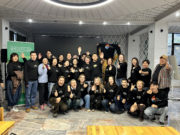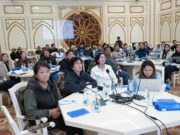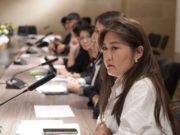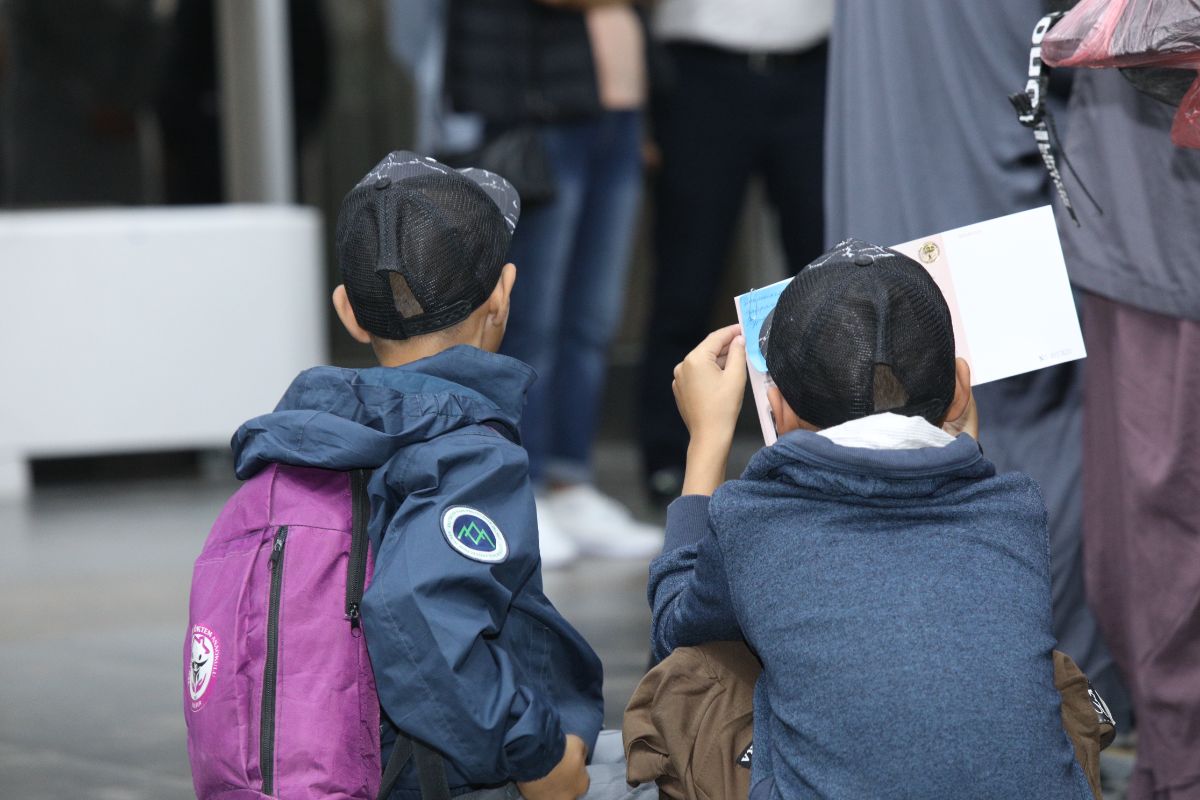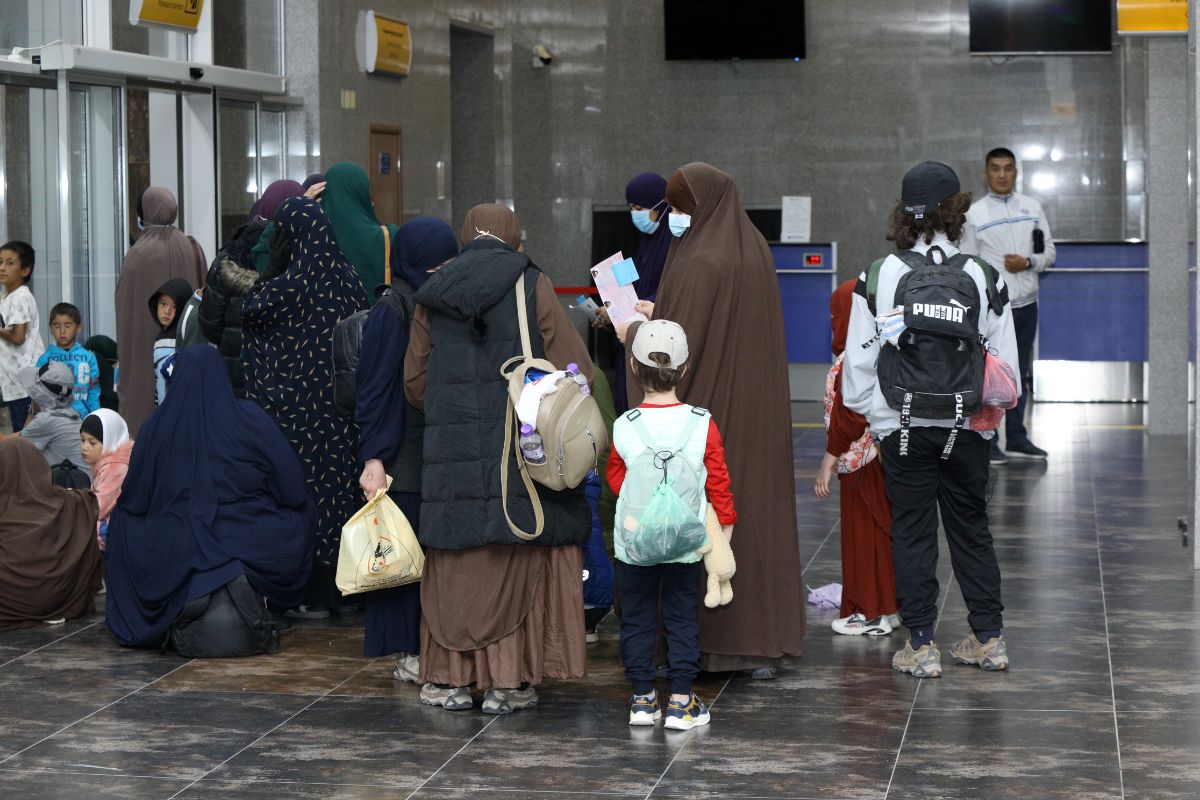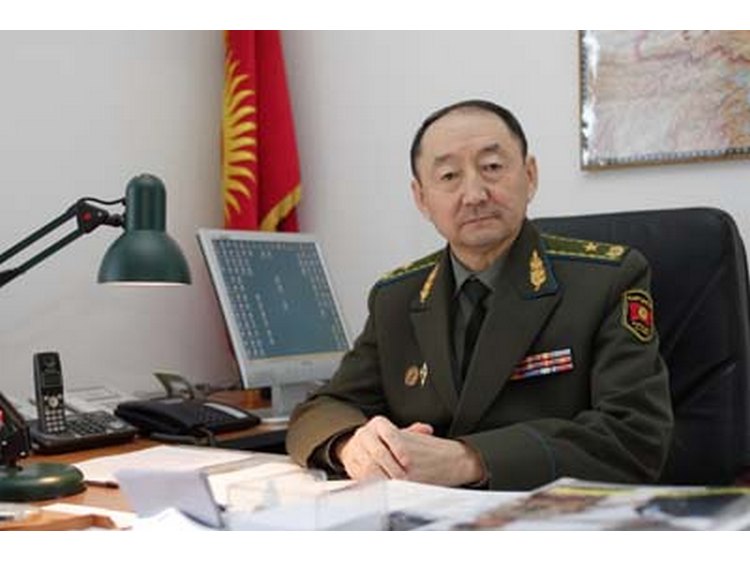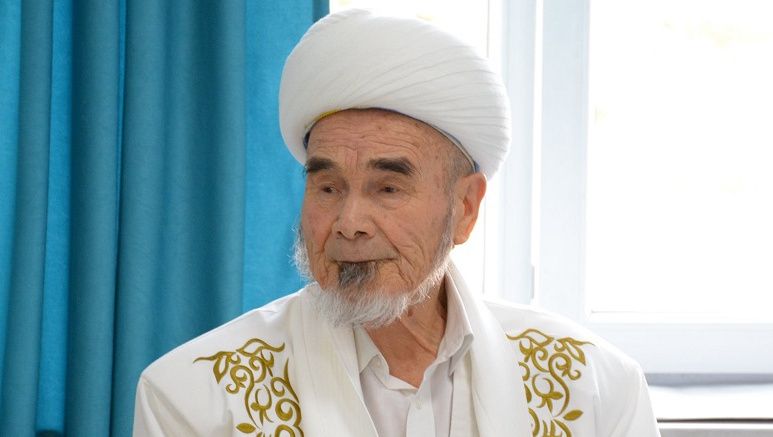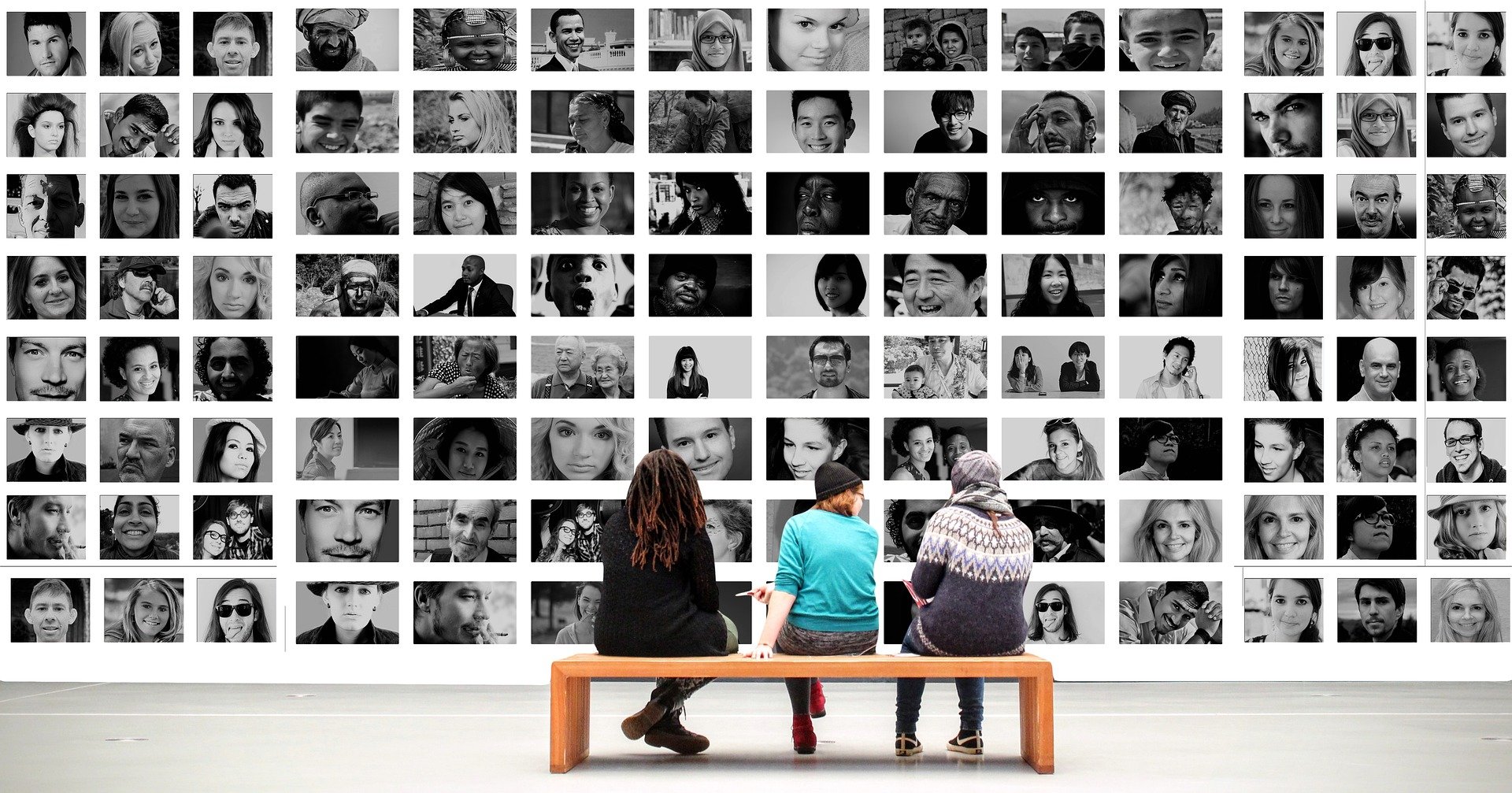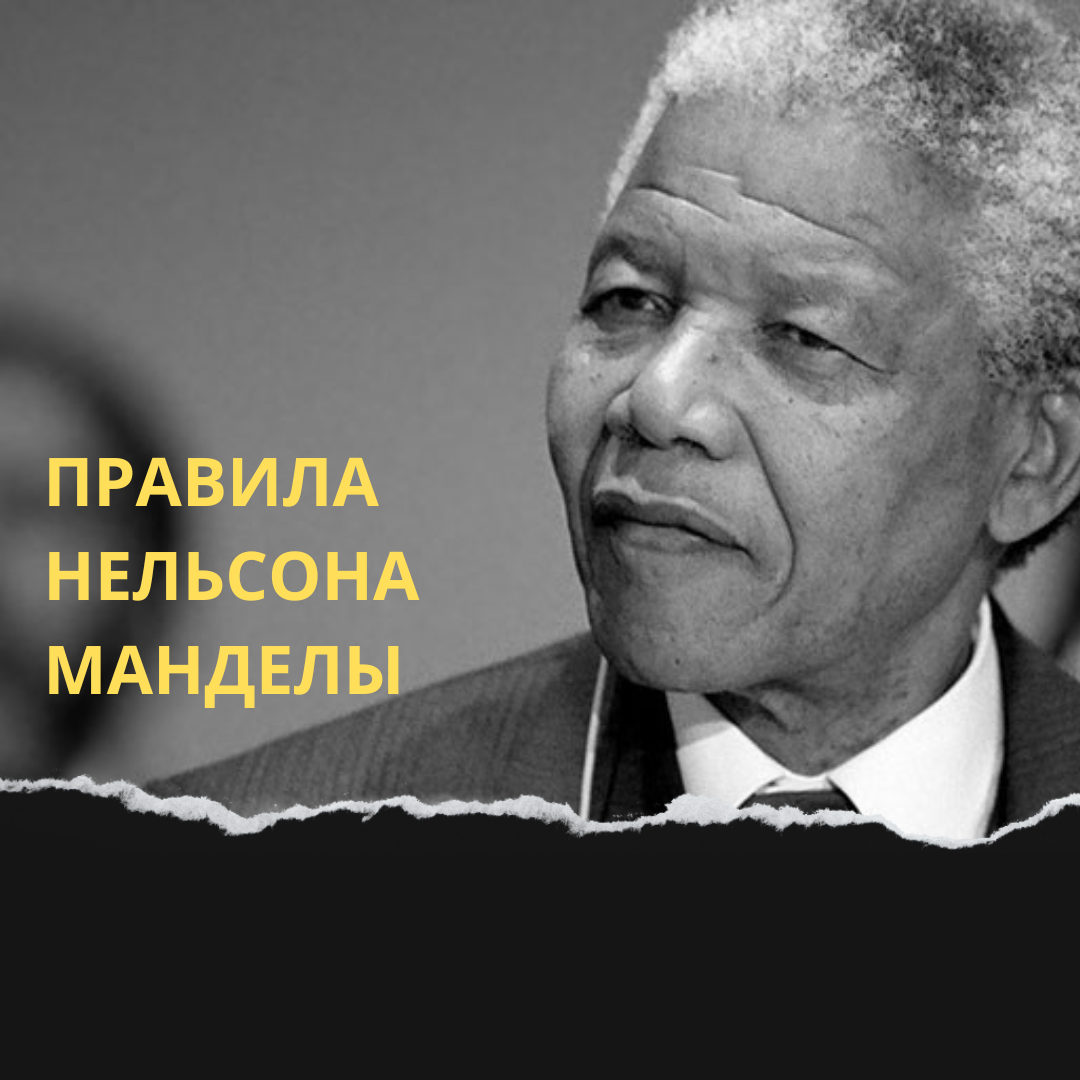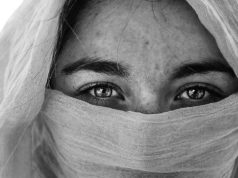The impact of gender on addressing the crisis of arbitrary detention in north-east Syria is profound and often overlooked. Since 2019, when the Islamic State of Iraq and the Levant (ISIS, ISIL, or Daesh) [1] lost its territorial control, thousands of people have remained in camps and detention facilities under conditions widely described as a humanitarian and security catastrophe. For those trapped there and for those who have been repatriated, outcomes are profoundly shaped by gender. In this essay, I will examine how gender affects repatriation and prosecution and why recognizing these dynamics is essential to building fair, effective, and sustainable solutions.
How gender impacts repatriations
Gender plays a crucial role in decision-making behind repatriation processes. States are faced with the difficult task of identifying their citizens and understanding their past experiences in the mixed crowd of the camps and prisons. The people held there comprise of various fluid groups: fighters who joined terrorist organizations for different reasons from ideological to financial, trafficked victims lured in the conflict zones using old tricks utilized by human traffickers, survivors of horrific international crimes, refugees and civilians (Amnesty International, 2024, p. 50; Commission of Inquiry on SAR, 2020, p. 15). These individuals can be of both genders and various ages.
When we think of victims of terrorism, political violence, and organized crime, we often imagine females. But the reality is much more complex than that. No doubt, many women and girls have suffered greatly under ISIS; they have been raped, sold, exploited, and killed. For instance, the study into the intersection of terrorism and human trafficking indicates that women and girls who ended up under ISIS were deceived by the illusion of romance and marriage, abducted by their parents or relatives, coerced into travelling, and offered fake jobs in countries near Syria (OSCE, 2021). But so were men and boys, deceived by fake job offers, or taken or lured by their parents or relatives (OSCE, 2021). Both males and females suffered from sexualized violence, although females were vulnerable to sexual exploitation under ISIS to a much greater extent.
When we think of perpetrators, terrorists, we often imagine males. But the reality is much more complex than that. No doubt that men who travelled to Syria and Iraq were recruited primarily as fighters, and boys were forced to military training from a young age (Vale, 2018, 2022). And many women and girls survived by being coerced into forced marriages with fighters, doing domestic work, and taking care of children (Vale, 2022). Yet others took on more active roles as recruiters, or even fighters themselves (Kumar, 2021). The international community recognized that both women and children may have performed different roles in conflict zones, such as being supporters, facilitators, or even perpetrators of terrorist acts (UNSC Resolution 2396, 2017). These considerations are not region-bound. Women who performed as suicide bombers in the North Caucasus, Northern Ireland, and Sri Lanka are illustrations of that, for instance (Vale, 2024). Gender defines who will stay in the camps with their mothers and who will be separated. The autonomous authorities[2] separate boys at about age ten from their mothers and put them into ‘rehabilitation centers’ where they grow till adulthood and then are likely transferred into adult detention facilities (Ní Aoláin, 2023). If you are a teenage boy, you become invisible to repatriation efforts and are destined to end up in prison.
Gendered narratives constitute key factors in decision-making around repatriations (Stenger, 2023, pp. 12–13). States see men, young men, and adolescent boys as threats, as danger. Hence, their chances for repatriation are very low. Women and girls, on the other hand, are seen as victims and have more chances to be repatriated by their home countries. Central Asia, the region, that repatriated by far more people than any other, shows this trend unmistakably. For example, out of about 2,100 people repatriated by four Central Asian countries, only 37 are adult men, 516 are women, and the rest are children of both genders.
How gender impacts prosecution
Gender shapes decisions about prosecutions. In the context of foreign terrorist fighters in Syria and Iraq, women and children are predominantly mentioned as family (Stenger, 2023, p. 9). Some states perceive women as victims and provide nearly full amnesty, while others prosecute women equally to men (Stenger, 2023). A prejudiced view of women as not capable, not threatening, mothers above all helps to avoid suspicion (Vale, 2024). Especially in patriarchal societies, women are seen as lacking any agency of their own, loyal wives who follow their husbands, mothers who can do no wrong. In such a context, states portray themselves as protectors of the weak, mistaken, and wronged, willing to forgive their children-citizens (Stenger, 2023, pp. 12–13). In patriarchal societies, women are likely be either fully pardoned or the majority pardoned, and only those found guilty of terrorist propaganda and recruitment are prosecuted.
By contrast, men almost uniformly face prosecution. Even the term’ foreign terrorist fighter’ itself usually refers to men, not women (Stenger, 2023, p. 9). States see men differently everywhere: as threats and as perpetrators (Stenger, 2023). Adult men with suspected direct participation in hostilities or suspected membership, however broadly defined, will spend long years in prison. The courts rarely question male agency and culpability. As per those males who are detained in north-east Syria, either they fought for ISIS, committed crimes, or were arrested on false accusations, they all have none or little prospects of a fair trial or eventual release. As of December 2023, there were 10,000 males in 27 detention facilities, including ‘rehabilitation’ centres for youngsters (Amnesty International, 2024, p. 45). These prisons are populated by adult men mainly but also include 1,000 boys and young men detained as boys and about 100 women (Amnesty International, 2024, p. 11). As of April 2025, the total number held there is closer to 9,000, including 5,400 Syrians, 1,600 Iraqis, and 1,500 people from 50 other countries (UNOHCHR, 2025). They are held incommunicado and have no information about their future (UNOHCHR, 2025).
Such a dynamic risks masking female agency in terrorist and extremist contexts but also leads to unequal justice where similar acts assume different legal outcomes based on gender alone.
Blanket VS Tailored
Regarding gender lenses, states exhibited two main approaches to repatriation and prosecution of FTFs and their associates. The first one is a blanket approach where states treat all returnees the same. However, it should be noted that in such cases, states often ignore the group they would have treated differently altogether, for example, by not repatriating men. Second is a tailored approach, where states differentiate based on evidence, role, vulnerability, and victimization. Opting for either has its price and consequences.
A blanket approach, no doubt, simplifies the process, saves human and financial resources, and contributes to the state’s image as decisive but compassionate. Often, blanket amnesty is offered for all women and/or all children. Amnesty reduces legal complexity, helps avoid burdensome case-by-case investigations, and is framed as a humanitarian and compassionate solution. Yet it has a downside. A blanket approach risks perpetuating injustice, as victims can be treated the same as perpetrators. It happened under ISIS when wives of fighters had female slaves, for instance. However, more worrying could be the underestimation of the risks involved: no investigation means no awareness of dangerous individuals, whether male or female.
A tailored approach recognizes the diversity among the returnees and requires a larger upfront investment. Dealing with each returnee on a case-by-case basis involves greater human, institutional, and financial resources. Yet it also offers better prospects of positive long-term results as it tailors the treatment of each returnee to their risk profile, evidence of committed crimes, degree of victimization, and individual needs assessment. For instance, victims of trafficking or sexual violence may be offered some leniency even if they committed crimes, considering the non-punishment principle (UNODC, 2020, pp. 66–67). Both women and men will have the opportunity to prove their innocence during court proceedings, based on fair trial guarantees. The state can prosecute both men and women if there is conclusive evidence against them. Tailored instruments are likely to guard against discrimination and stereotypes, protect vulnerable individuals, while minimizing risks for society. Perhaps a combination of blanket and tailored approaches could be optimal: blanket amnesty for children, and a tailored approach for adults.
In conclusion
Handling arbitrary detention in northeast Syria is a test of whether states can design responses that are both effective and just. To do so, states should be mindful of blind spots. Gender is one such blind spot, and it cuts across every aspect of this challenge. Who is repatriated first, who is prosecuted, and who remains indefinitely detained are decisions influenced as much by gendered assumptions as by any other considerations. Women are cast as victims, accomplices, or combatants, and men are almost uniformly treated as threats. Such patterns may simplify political messaging, but they risk reinforcing stereotypes, producing uneven justice, and undermining long-term security. Recognizing the gendered dimensions in detention, repatriation, and prosecution is not optional. It is central to preventing new cycles of marginalization and violence. Addressing these dynamics with nuance and evidence will help overcome the crisis and lay the foundations for long-term stability and human security.
This publication is a part of a dissemination series for the project ‘Foreign Terrorist Fighters & families: interdisciplinary analysis of proactive response in Central Asia’.
Author Dr. Elena Zhirukhina, Research and Education for Global Challenges, Faculty of Philosophy and Cultural Heritage, Ca’ Foscari University of Venice. Published with the author’s permission.
The cover shows the repatriation of children and women from Syria to Kyrgyzstan. Photo by the press service of the Ministry of Foreign Affairs of the Kyrgyz Republic.
References
Amnesty International. (2024). Aftermath: Injustice, torture and death in detention in north-east Syria. https://www.amnesty.org/en/documents/MDE24/7752/2024/en/
Commission of Inquiry on SAR. (2020). A/HRC/45/31 Report of the Independent International Commission of Inquiry on the Syrian Arab Republic.
Kumar, R. (2021). Female foreign terrorist fighters: challenges in repatriation, prosecution, and rehabilitation. www.counterextremism.com|@FightExtremism
Ní Aoláin, F. (2023). Technical Visit to the Northeast of the Syrian Arab Republic. End of Mission Statement. https://www.ohchr.org/sites/default/files/Documents/Issues/Terrorism/SR/UNSRCT_Position_human-
OSCE. (2021). Trafficking in Human Beings and Terrorism: Where and How They Intersect. https://www.osce.org/cthb/491983
Stenger, H. (2023). Victim versus villain: Repatriation policies for foreign fighters and the construction of gendered and racialised “threat narratives.” European Journal of International Security, 8(1), 1–24. https://doi.org/10.1017/eis.2022.28
UNODC. (2020). Female victims of trafficking for sexual exploitation as defendants.
UNOHCHR. (2025, April 7). UN experts urge end to ISIL-related arbitrary detention in North-East Syria and accountability for international crimes. Ohchr.Org. https://www.ohchr.org/en/press-releases/2025/04/un-experts-urge-end-isil-related-arbitrary-detention-north-east-syria-and
UNSC Resolution 2396 (2017). https://undocs.org/en/S/RES/2396(2017)
Vale, G. (2018). Cubs in the Lions’ Den: Indoctrination and Recruitment of Children Within Islamic State Territory. www.icsr.info.
Vale, G. (2022). Gender-sensitive approaches to minor returnees from the so-called Islamic State. In Violence Prevention Network.
Vale, G. (2024). Women, Gender, and Political Violence. In The Unforgotten Women of the Islamic State (pp. 21–44). Oxford University Press. https://doi.org/10.1093/9780198922063.003.0002
[1] Designated as terrorist organization by Kyrgyzstan, Russia, the United States, and listed in the UN Security Council Consolidated List (listed as QDe.115 Al-Qaida in Iraq, Islamic State in Iraq and the Levant).
[2] According to Amnesty International, the Autonomous Authorities of the North and East Syria Region are comprised of the SDF, a non-state armed group; other security forces affiliated with the SDF, including the Internal Security Forces (ISF); and the SDF’s civilian wing, the Democratic Autonomous Administration of North and East Syria (DAANES).

